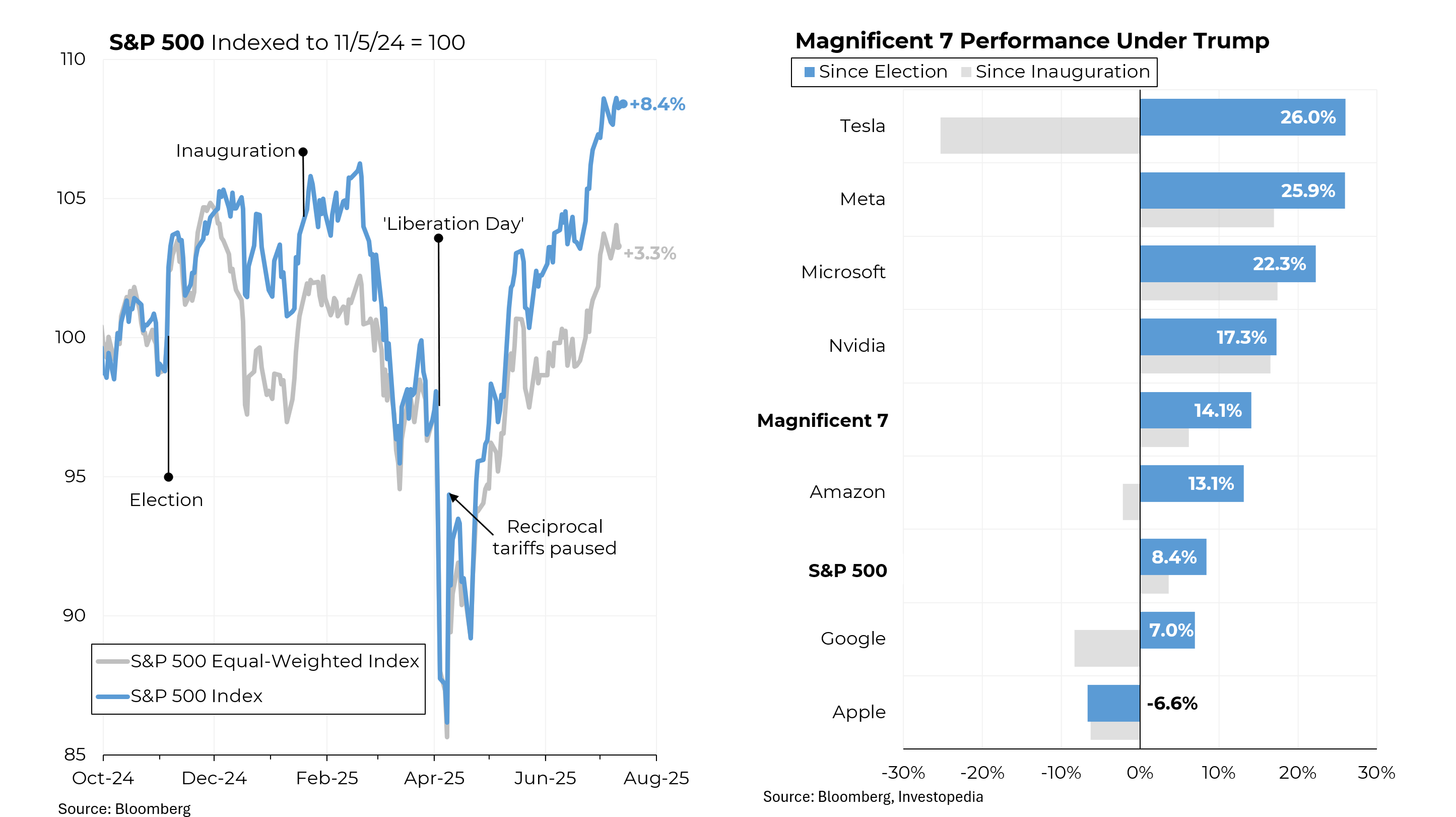Originally published in the Washington Post
When the Senate Banking Committee welcomes Federal Reserve Chairman Ben Bernanke for his confirmation hearing today, the questioning is sure to be sharp, yet another chapter in the unceasing second-guessing of the government’s handling of the Wall Street meltdown.
Almost since the first cracks in Wall Street’s facade appeared more than two years ago, commentators and politicians of all stripes have questioned whether the Fed and, equally, the Treasury made proper decisions as they faced the worst financial crisis in 75 years.
It is very much the Banking Committee’s responsibility to satisfy itself about Bernanke’s qualifications and the overall management of the financial crisis. It is also appropriate for other oversight groups to conduct their own inquiries.
But much of the barrage of criticism is unfair, and some of it is simply ignorant. While neither the Fed nor the Treasury got everything right, they did far better than the Monday-morning quarterbacks would have us believe.
Take, for example, the drumbeat of criticism for the decision to let Lehman Brothers fail. Conveniently forgotten by critics is the fact that until the consequences of Lehman’s bankruptcy became evident, the refrain from all quarters after the bailout of Bear Stearns in the spring was that the next floundering bank needed to be allowed to fail to teach Wall Street a lesson (preserve “moral hazard,” to use the jargon).
Shortly after Lehman’s filing, Allan Meltzer, a distinguished monetary economist, commended the Fed for letting Lehman go, telling PBS that “within a few days, just a few days, Barclays was there buying up some of Lehman’s assets.” A year later, Meltzer had a different view: “Allowing Lehman to fail without warning is one of the worst blunders in Federal Reserve history.”
More recently, a government oversight report came out swinging against the handling of the AIG bailout, suggesting in particular that the Fed and the Treasury should have demanded concessions from the banks that were counterparties to AIG’s hundreds of billions of dollars of credit insurance contracts.
That criticism sounds good, but like much after-the-fact commentary, it’s off-base. Once the Fed and the Treasury concluded (correctly) that an AIG bankruptcy posed unacceptable systemic risks, the government immediately lost any bargaining power to demand concessions. The result was a very unfortunate windfall for the counterparty banks, but what was the realistic alternative?
The AIG report cites General Motors and Chrysler as examples in which significant concessions were achieved from all stakeholders. But GM and Chrysler do not operate at the nerve center of our financial system, so a controlled bankruptcy could be used to exact appropriate concessions. That could not occur at AIG because the outmoded regulatory system left the Fed and the Treasury without a usable mechanism to wind down a failing institution. It was the equivalent of fighting a raging fire using horse-drawn equipment.
Add to that the unfathomable pressure under which policymakers labored last fall, as exquisitely detailed in Andrew Ross Sorkin’s definitive account, “Too Big to Fail.” In a maelstrom of months of 24-7 workweeks and the need to make almost instantaneous decisions with potentially cataclysmic implications, how many of us can truly say that we would have done as well, let alone better?
As Bernanke has conceded, the Fed (and other regulators) made mistakes, but they were concentrated in the run-up to the meltdown rather than in the response. All of the regulators should have been more attentive to the irresponsible lending practices and excessive risk-taking of our major financial institutions than the free-market principles of the incumbents allowed. That was true at the Fed — particularly during Alan Greenspan’s Ayn Rand era — but in contrast, the Fed’s conduct of monetary policy was exemplary. Regulators were not the only ones at fault; the constant push, particularly by liberals, toward the worthy goal of increased homeownership put people into homes they couldn’t afford.
As the debate continues, the Fed’s march of the past 30 years toward greater transparency should become less reluctant, but the Fed should remain adamant about its need for independence in conducting monetary policy. In return, instead of looking backward, we should give the Fed the tools it needs so that the unwinding of the next AIG doesn’t need to result in an unjust enrichment of stakeholders.
Warren Buffett recently cited Bernanke, then-Treasury Secretary Henry Paulson and Tim Geithner, then president of the Federal Reserve Bank of New York, as “heroes” for their selfless efforts. “At the time, I called it an economic Pearl Harbor, and in the end we got through Pearl Harbor,” Buffett told CNBC. “And it could have turned out a lot differently.” Bernanke, Paulson and Geithner were truly the Committee That Saved the World. They should be thanked, not trashed.





